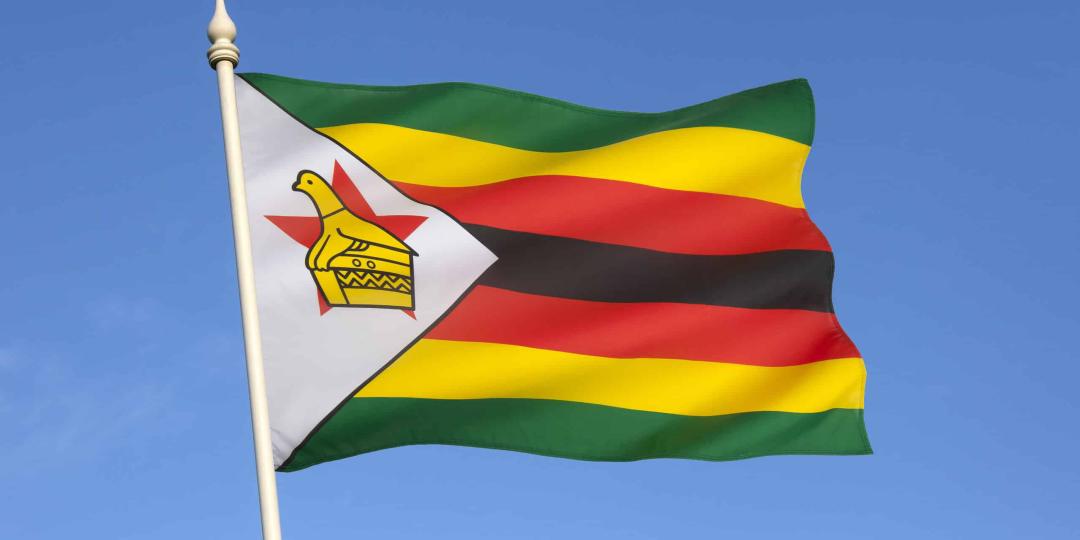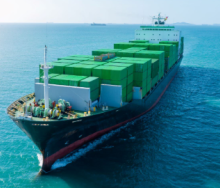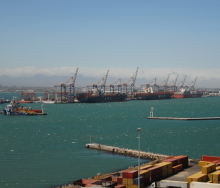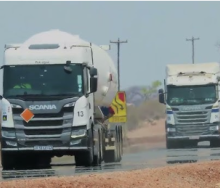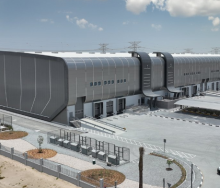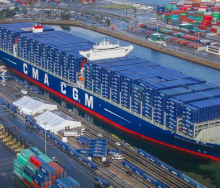This year, the World Bank estimates that Zimbabwe’s real GDP growth will be 3.4%, lower than the 5.8% of the previous year.
Political mismanagement and structural transformation have caused the manufacturing sector to suffer, as evidenced by the country’s Economic Complexity Index rank dropping from 56th to 98th place.
This has had a devastating impact on the country’s people, with half of the population living below the poverty line and 3.5 million children suffering from chronic hunger.
Luckily, Zimbabwe has the human and natural resources to return to its former glory.
It is home to the world’s second-largest platinum and high-grade chromium deposits, as well as over 4 000 proven gold deposits.
It is also home to the Great Dyke, the world’s second-largest platinum and high-grade chromium deposits
What’s more, 93.7% of the people over 15 are literate, which is higher than South Africa’s adult literacy rate of 87%.
Gold is the main export commodity, followed by raw tobacco, nickel ore, diamonds, and ferroalloys.
Additionally, Zimbabwe has commercially exploitable deposits of around 40 different minerals, with the largest being lithium.
In December 2022, the government banned the export of raw lithium in an effort to add value at source.
The main exports of Zimbabwe are mainly sent to the United Arab Emirates, South Africa, Mozambique, Uganda, and China.
The top imports consist of refined petroleum, maize, electricity, delivery trucks, and packaged medicaments.
The main sources of these imports are South Africa, China, Singapore, India, and Mauritius. With its wealth of resources and educated population, Zimbabwe has the potential to rebuild its economy.
* Read the full version of this article in our feature on Zimbabwe: https://tinyurl.com/5dj5bf9j
